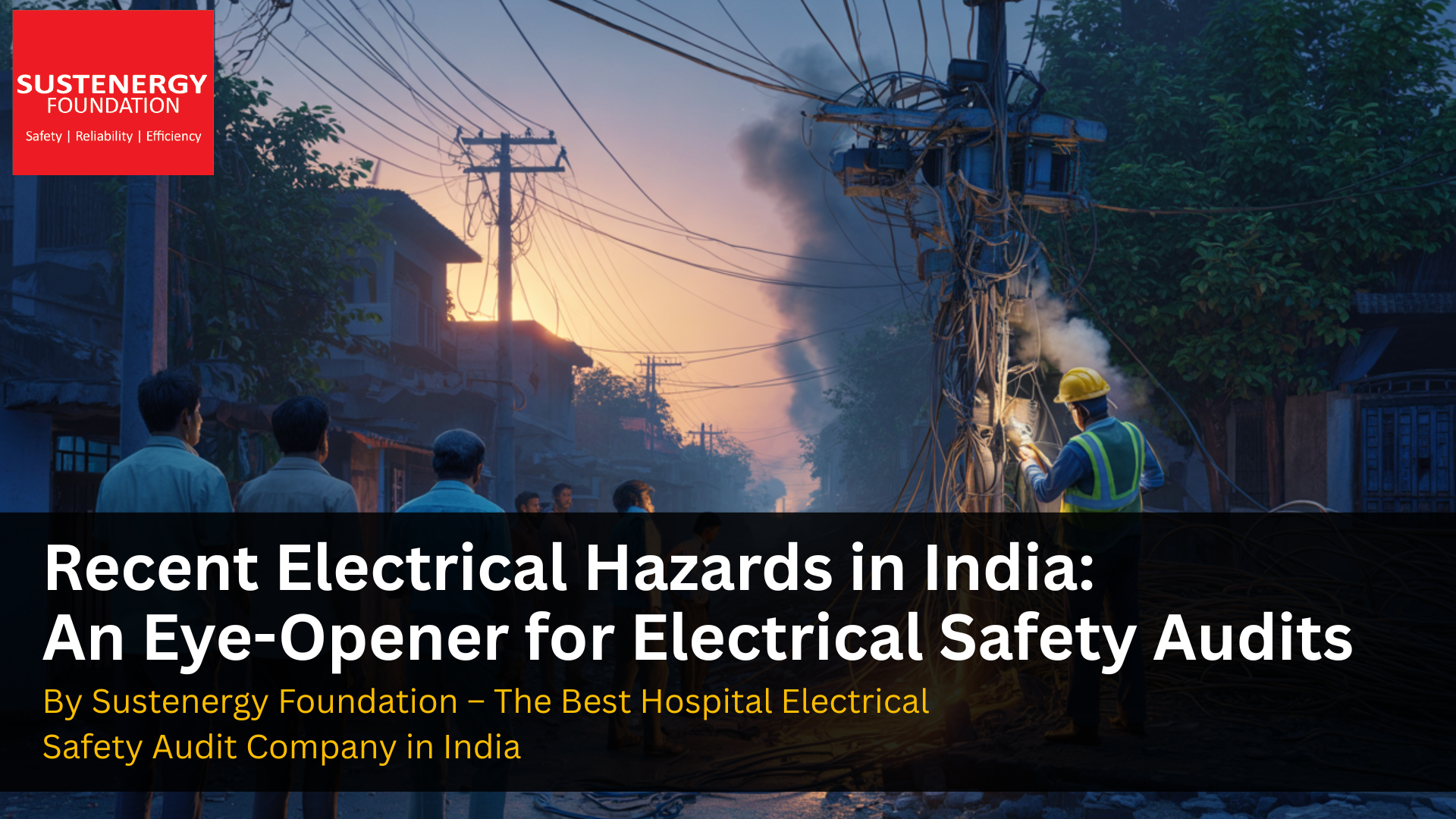
Electrical safety audit scope
The scope of an electrical safety audit in India is a crucial aspect of ensuring the safe and efficient operation of electrical installations. The scope can vary significantly depending on the size and type of the installation, whether it involves high-tension (HT) or low-tension (LT) systems. Regardless of these specifics, a comprehensive electrical safety audit typically includes a thorough verification of compliance with the latest safety standards, such as those outlined by national and international bodies. This process involves a detailed examination of the installation's design and operational parameters to ensure they meet the required safety norms.
A key component of the audit is the use of advanced diagnostic techniques like infrared thermography or Thermal imaging. This technology allows auditors to detect potential issues such as overheating, loose connections, and other anomalies that are not visible to the naked eye. As Electrical safety audit of most of the facilities to be carried out, when the facility is in operation, without disturbing the operations, thermography is an essential tool for inspecting the facility without interrupting the operations. A professional thermographer can use this technique effectively during electrical safety audits. Another critical aspect is the Earthing effectiveness tests, which include RCD (Residual Current Device) testing and Earth fault loop impedance tests. These tests are essential for ensuring that the earthing system can safely carry fault currents to the ground, thereby preventing the potential risks of electric shocks and fire hazards. Additionally, the audit should include a review of test reports and an evaluation of maintenance practices to ensure they are effective and up-to-date.
In more specific scenarios, such as a Pre-Opening Electrical Safety Audit, the focus is on verifying that all new electrical installations are correctly implemented before they become operational. This type of audit is essential for preventing future issues and ensuring that the installation is safe from the outset. In industries where electrical reliability is critical, additional tests and verifications may be required based on their criticality of operations and risk assessment. For instance, high-tension installations might require more stringent checks due to the higher risks involved. Similarly, industries like healthcare, manufacturing, and IT might have specific requirements that need to be addressed during the audit. Hospital Electrical Safety Audit must focus on safety of patients, bystanders, employees, medical equipment, and systems. A comprehensive hospital safety audit is essential for Hospital’s with NABH / JCI accreditation and the whole audit must be completed while the hospital is in operation with minimum interruptions to hospital activities.
Moreover, an electrical safety audit should not operate in isolation. It should provide valuable inputs for other related audits, such as Harmonic audits, Power audits, and Energy audits. For example, a Power audit focuses on assessing the efficiency and reliability of power distribution systems which includes feeder wise power parameters verification, while an Energy audit examines energy consumption patterns and identifies opportunities for conservation and efficiency improvements. The data and findings from an electrical safety audit can complement these audits by highlighting areas where safety improvements can lead to better performance and efficiency. By integrating these various audits, organizations can achieve a holistic understanding of their electrical systems, ensuring not only safety and compliance but also optimal performance and energy efficiency.
In general, the scope of an electrical safety audit in India is comprehensive and multifaceted, covering a wide range of tests and verifications tailored to the specific needs of the installation. By leveraging advanced technologies like Thermal imaging and conducting thorough compliance and effectiveness checks, these audits play a critical role in ensuring the safety, reliability, and efficiency of electrical systems. When integrated with other audits such as power and energy audits, they provide a complete picture of the electrical infrastructure's health and performance, enabling organizations to maintain high safety standards and achieve operational excellence.




